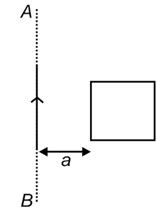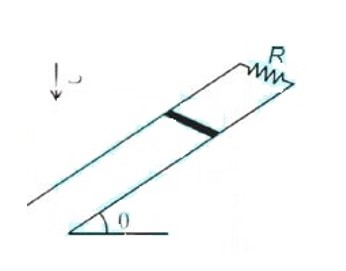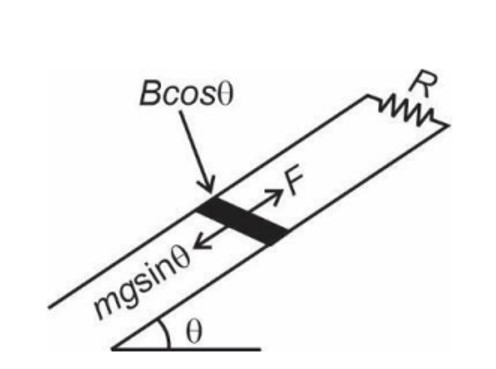Electromagnetic Induction
Get insights from 124 questions on Electromagnetic Induction, answered by students, alumni, and experts. You may also ask and answer any question you like about Electromagnetic Induction
Follow Ask QuestionQuestions
Discussions
Active Users
Followers
New answer posted
2 months agoContributor-Level 10
The first and second laws weren't created together and have a gap of many years between them. Earlier, he just found out a way to calculate whether the EMF was produced or not. But with time, its direction and magnitude also needed to be calculated which resulted in him giving a second law to support his belief.
New answer posted
2 months agoContributor-Level 10
Faraday's first law only tells us if the EMF is induced or not. Unlike the second law, it doesn't have any connection with the EMF's magnitude or direction. Therefore, only the second law of faraday has a formula since it is used to calculate both the magnitude and direction of the induced EMF.
New answer posted
2 months agoContributor-Level 10
The actual role of these laws is that faraday's law tells us the magnitude of induced EMF and Lenz's law was a modification of faraday which also could tell the direction of induced EMF. These two laws are combined together to form the base of any concept related to electromagnetic induction.
New answer posted
2 months agoContributor-Level 10
This is because the original formula of magnetic flux is a dot product. As a result, the cos? in the formula appears when we remove the dot product of the formula. This cos? signifies that the direction of magnetic flux should always be perpendicular if its value is zero.
New answer posted
2 months agoContributor-Level 10
The key difference between both these terms is that magnetic flux density is the magnetic field in a particular unit area. Whereas, magnetic flux is the quantity of magnetic field in a particular space. Magnetic flux is a scalar quantity whereas magnetic flux density is a vector quantity.
New answer posted
2 months agoContributor-Level 10
Their connection with each other is established as a result of Faraday's law of induction. This law states that a change in the magnetic field can produce electricity. This is due to the production of an electromotive force from the loop which results in the generation of electricity.
New answer posted
2 months agoContributor-Level 10
From Lenz law, current in the square loop will be in anticlockwise sense.
New answer posted
2 months agoContributor-Level 10
Here are a few factors which are not responsible for affecting the motional EMF:
- Resistance
- Temperature
- Material
- Shape and Mass
- Electron Flow
Taking an Exam? Selecting a College?
Get authentic answers from experts, students and alumni that you won't find anywhere else
Sign Up on ShikshaOn Shiksha, get access to
- 66k Colleges
- 1.2k Exams
- 680k Reviews
- 1800k Answers



